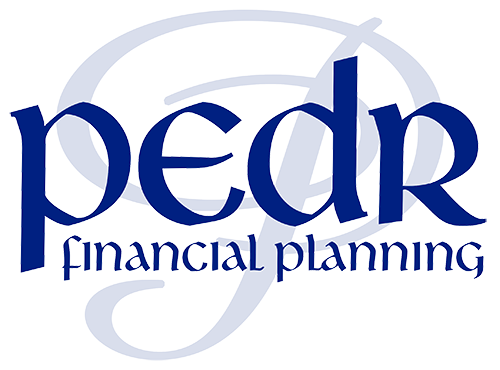A MORTGAGE IS A LOAN SECURED AGAINST YOUR HOME. YOUR HOME MAY BE REPOSSESSED IF YOU DO NOT KEEP UP REPAYMENTS ON YOUR MORTGAGE OR ANY OTHER DEBT SECURED ON IT.
WANT TO MAKE THE MOST OF YOUR WEALTH?
Contact us now to speak to one of our Financial Advisers
Don't miss this opportunity!
Where we are
20 High Street, Lampeter, Ceredigion, SA48 7BG
Privacy Policy Best Execution Policy Client Classification Conflicts Of Interest Policy Your Guide To Making A Complaint Your PCA
Pedr Financial Planning is an appointed representative of 2plan wealth management Ltd which is authorised and regulated by the Financial Conduct Authority. Pedr Financial Planning is entered on the Financial Services Register (www.FCA.org.uk) under reference 800006.
Registered office: 20 High Street, Lampeter, Ceredigion, Wales, SA48 7BG. Registered in England & Wales: 07048010.
The Financial Ombudsman Service is available to mediate individual complaints that clients and financial services businesses aren't able to resolve themselves. To contact the Financial Ombudsman Service please visit: http://www.financial-ombudsman.org.uk/contact/index.html
The guidance provided within this website is subject to the UK regulatory regime and is therefore primarily targeted at consumers based in the UK.
Pedr Financial Planning © Adviser Pro 2024 all Rights Reserved Website Designed, Developed and Licenced by Adviser Pro ©








